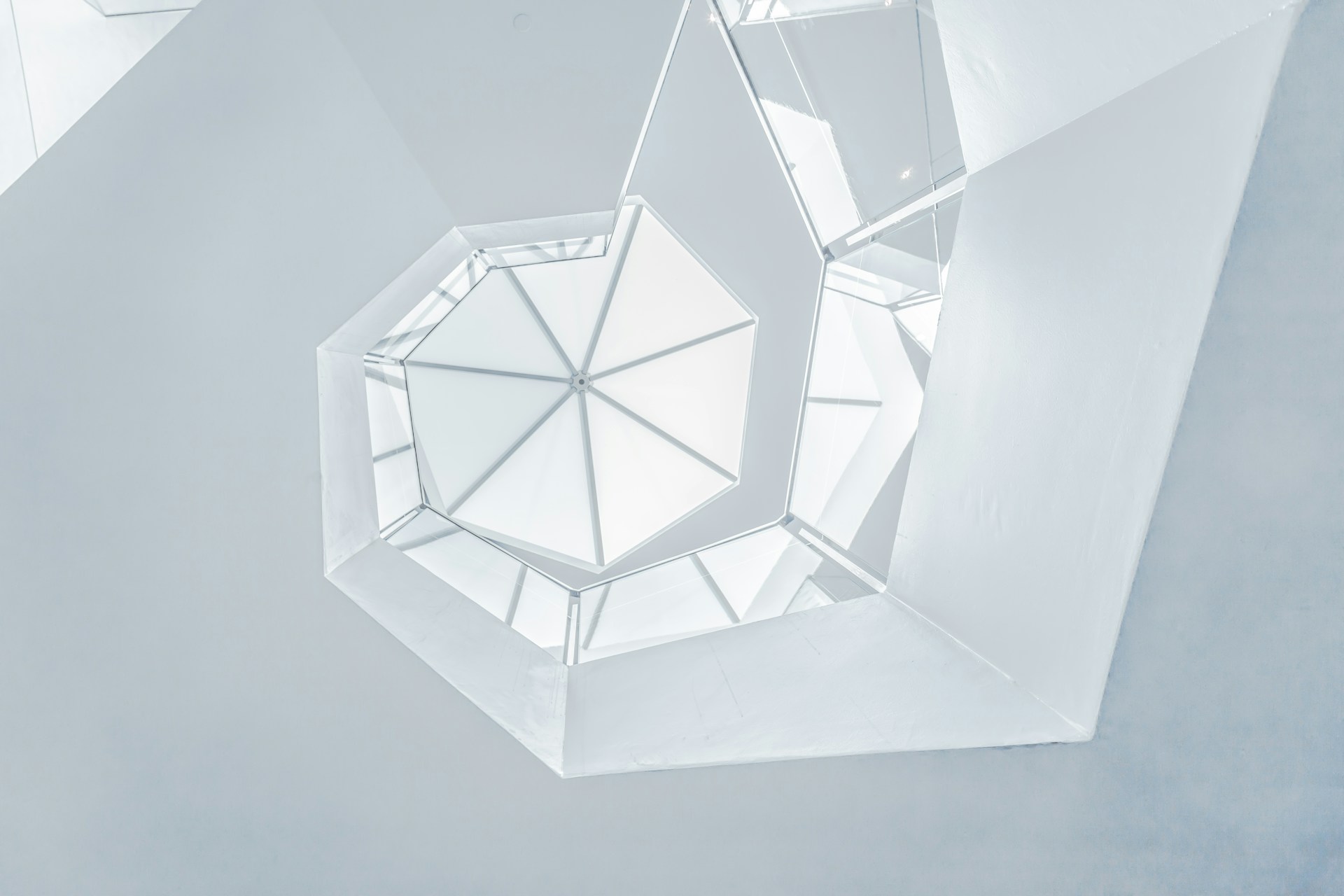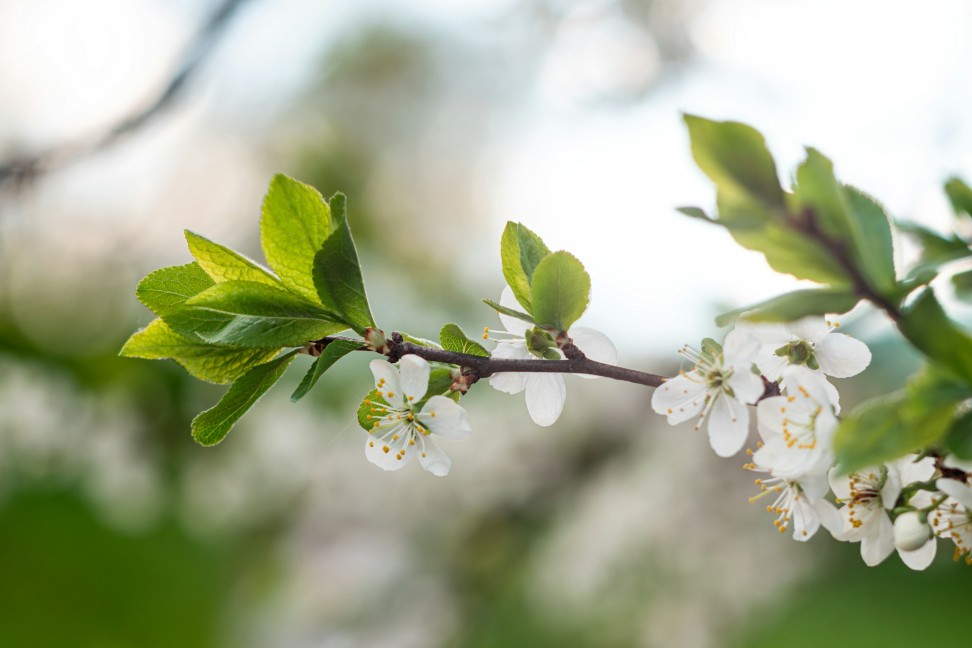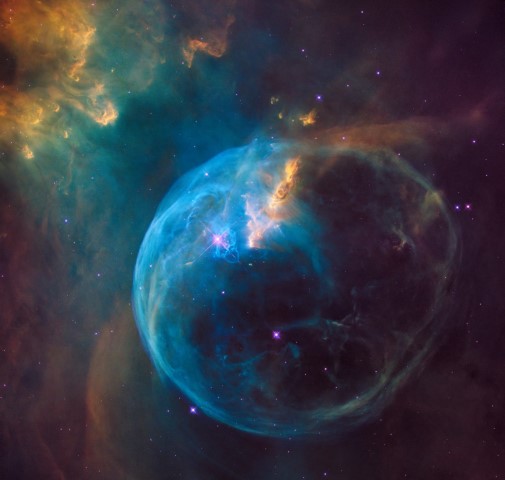Abstract art is a unique and captivating form of creative expression that challenges the conventional notions of art and pushes the boundaries of imagination. Created through the use of colors, shapes, lines, and forms, abstract art encourages viewers to interpret and engage with the artwork in a deeply personal and subjective manner. The beauty of abstract art lies in its ability to evoke emotions, spark imagination, and provoke thought in ways that traditional representational art cannot.
At first glance, abstract art may seem incomprehensible and perplexing. The absence of recognizable objects or figures can leave viewers feeling lost and uncertain about how to approach and interpret the artwork. However, this is precisely what makes abstract art so fascinating – the freedom it offers for individual interpretation. Each viewer is invited to bring their unique experiences, emotions, and perspectives to the artwork, allowing for a personal and intimate connection to be formed.
Abstract art captures the essence of emotions, thoughts, and ideas that cannot be easily put into words. Through the intricate and deliberate arrangement of colors, lines, and shapes, abstract artists are able to convey a range of emotions – from joy and excitement to sadness and contemplation. The colors used in abstract art play a significant role in evoking specific emotions. Bold and vibrant colors like red and yellow can elicit feelings of energy and positivity, while deep blues and purples convey a sense of tranquility and introspection.
Furthermore, abstract art has the ability to challenge societal norms, question established beliefs, and push the boundaries of creativity. By eliminating the need to represent reality and acknowledge traditional artistic techniques, abstract artists can break free from constraints and explore new forms of expression. This unconventional approach can often lead to groundbreaking and thought-provoking works of art that challenge viewers to think beyond the ordinary.
One such notable abstract artist is Wassily Kandinsky, whose works are celebrated for their spiritual and emotional depth. Kandinsky believed that art had the power to transcend the physical and touch the spiritual realm. His use of dynamic lines, vibrant colors, and geometric shapes aimed to visually represent the unseen and the intangible, evoking a sense of spirituality and transcendence in viewers.
In conclusion, the beauty of abstract art lies in its ability to engage and captivate viewers through its unconventional and thought-provoking nature. Abstract art offers a limitless realm of interpretation, inviting viewers to form a personal and subjective connection with the artwork. Through the deliberate arrangement of colors, shapes, lines, and forms, abstract artists can convey emotions, challenge societal norms, and push the boundaries of creativity. The beauty of abstract art lies not only in its aesthetic appeal, but also in the profound impact it can have on individuals by evoking emotions, sparking imagination, and provoking thought.














